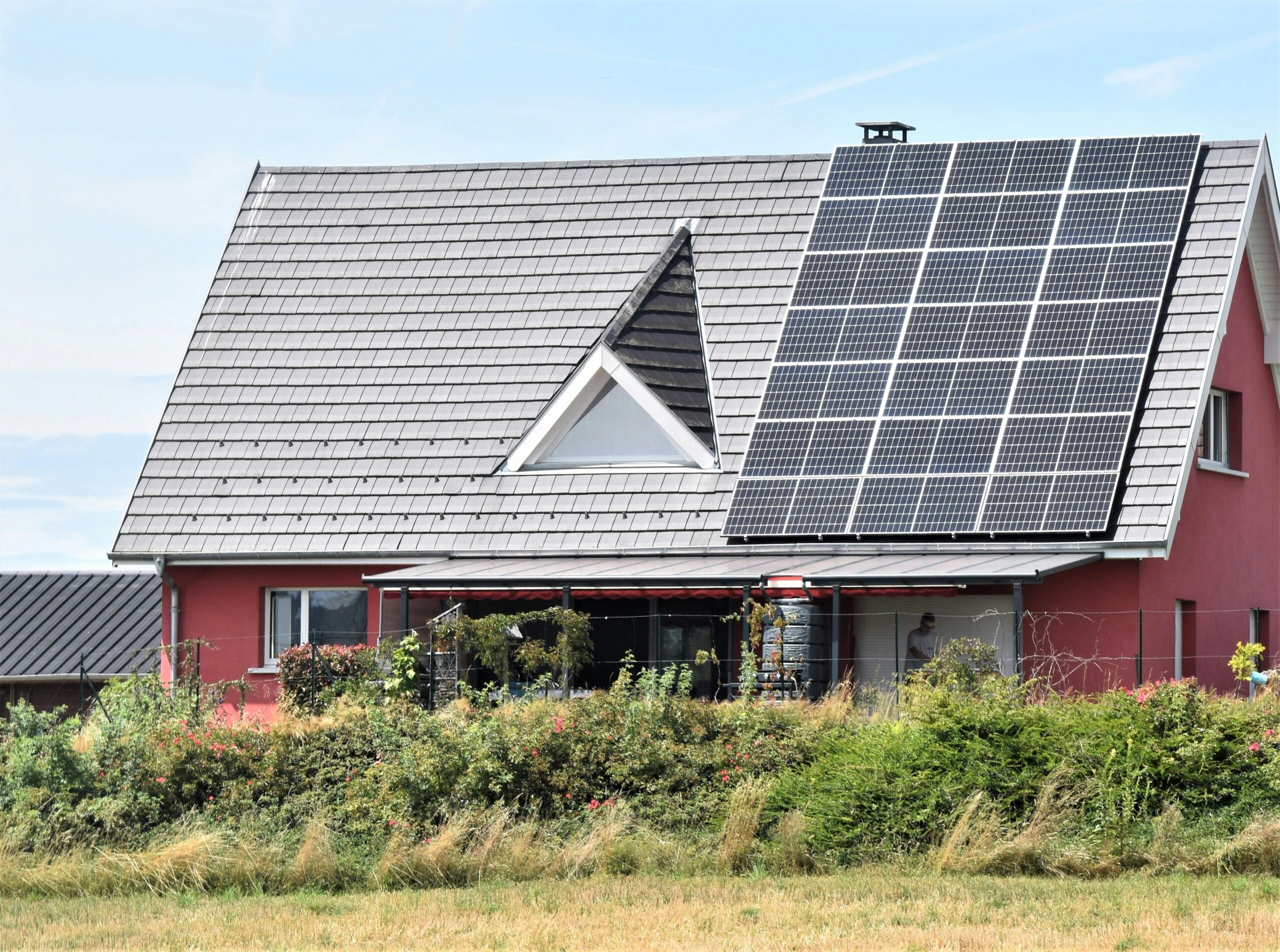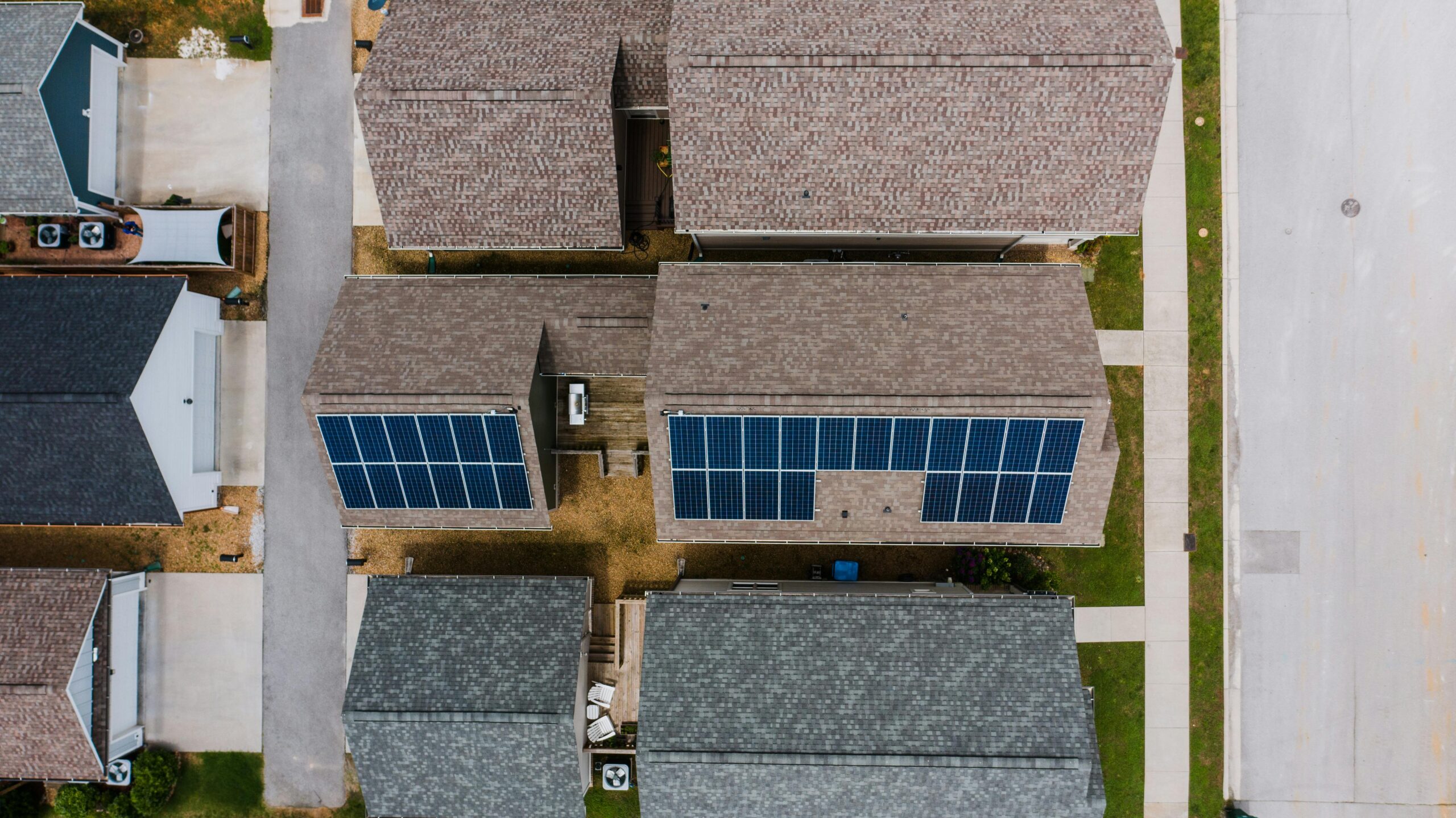Installing a solar rooftop system involves several steps. First, a site assessment is conducted to evaluate roof suitability, sunlight exposure, and shading. Next, engineers design a customized system based on energy needs, followed by securing necessary permits.
After inspection and approval, the system is activated, with many modern setups allowing remote performance monitoring via smart apps.
Federal Solar Tax Credit (ITC)**, which offers a 30% rebate. Additionally, properties with solar installations often see an increase in market value.

There are three main types of systems: grid-tied, off-grid, and hybrid. Grid-tied systems are connected to the local electricity grid, allowing excess power to be fed back through net metering.

The benefits of solar rooftops are numerous. They significantly reduce electricity bills by generating free power from sunlight, and net metering policies in many regions allow users to earn credits for surplus energy.

Off-grid systems operate independently, using batteries to store energy, making them ideal for remote locations. The installation process includes mounting the panels, setting up inverters, and connecting the system to the grid (if applicable).
Environmentally, solar energy helps combat climate change by reducing greenhouse gas emissions and decreasing dependence on fossil fuels. Governments worldwide encourage adoption through subsidies, tax credits, and incentives—such as India’s **PM Surya Ghar Yojana** and the **U.S.
While the initial investment can be substantial—ranging from **$10,000 to $30,000** for residential systems—the long-term savings make it worthwhile. The payback period is typically **5–8 years**, after which the electricity generated is virtually free. Financial assistance, such as low-interest loans and leasing options, further eases the burden.
Community solar projects are also gaining traction, enabling those without suitable rooftops to benefit from shared solar farms.
The future of solar rooftops is bright, with advancements like **perovskite solar cells, bifacial panels, and solar tiles** boosting efficiency.
In conclusion, solar rooftop systems represent a smart, eco-friendly, and economically viable energy solution.
By investing in solar power today, individuals and businesses can achieve energy independence, cut costs, and contribute to a sustainable future.
